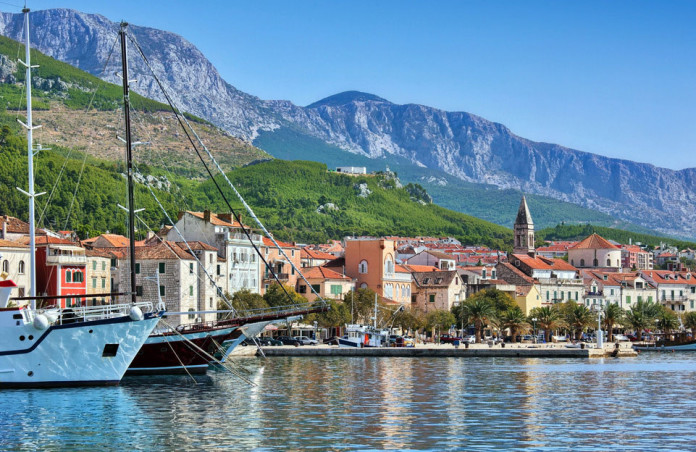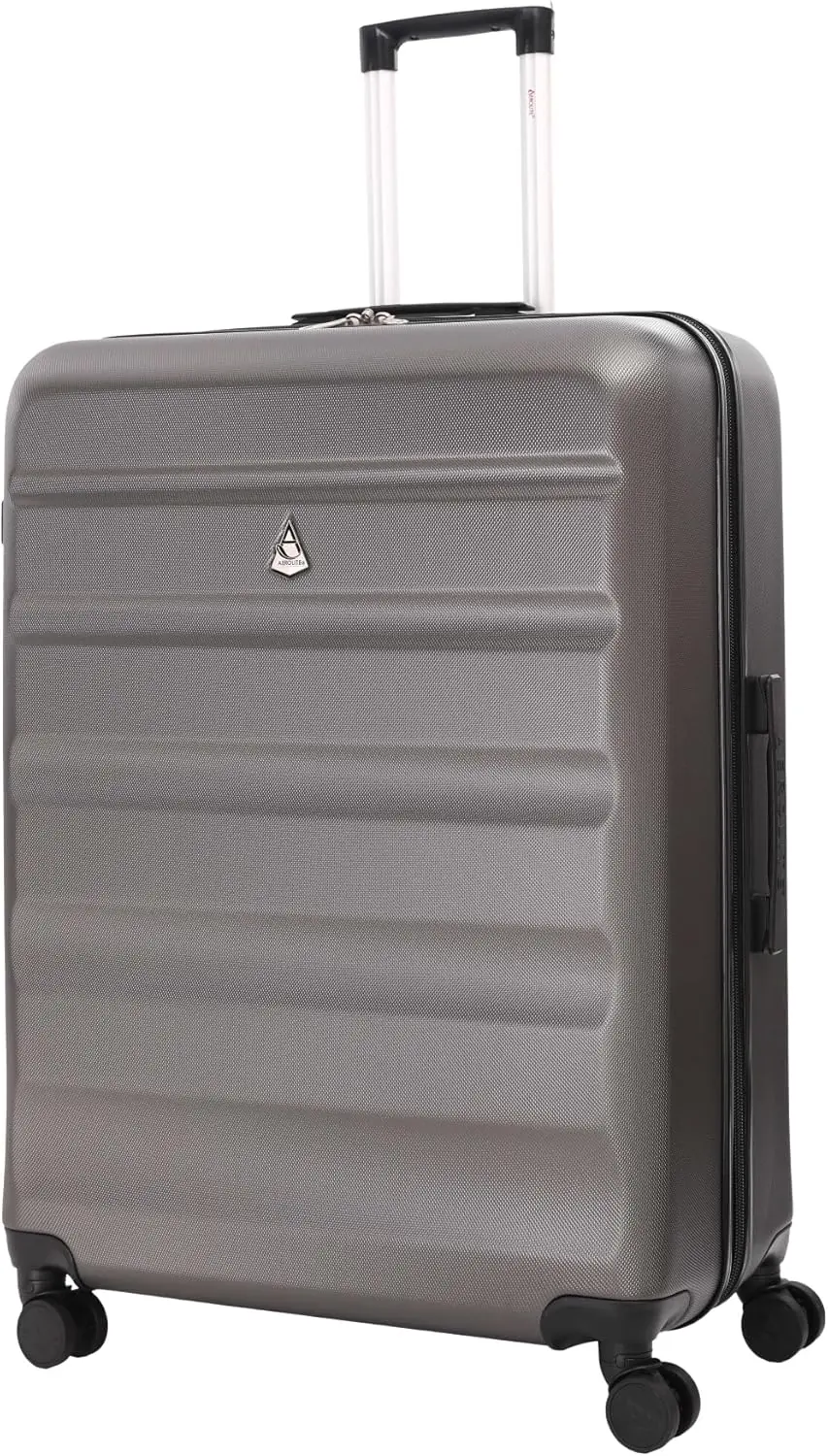The Republika Hrvatska or Croatia with its predominantly Mediterranean climate should be on every traveller’s bucket list. With a notably different atmosphere to Western Europe, this is a mostly warm country with friendly people. Depending on which package you’re after tour companies enable young travellers to party, honeymooners to steal away from reality and older company to relax while visiting the various beaches that make up the 79 islands of Croatia’s Dalmatian Coast in the Adriatic Sea, whilst guided tours inland will leave you breathless at Croatia’s rich and complex history. Take a break and enjoy a cold one at one of the many bars on the streets of Croatia’s capital, Zagreb.
Previously part of the Kingdom of Yugoslavia and with a fascinating history captured throughout its streets and in numerous museums found largely in Zagreb and Dubrovnik, Croatia gained its independence in 1991. It has multiple neighbours which makes the choice of hopping over to another country a varied one. They are Bosnia and Herzegovina, Slovenia, Serbia, Hungary and Montenegro, which together all have a complicated shared history and today remain connected by the river Sava which flows through Slovenia, Croatia along the border of Bosnia and Herzegovina into Serbia.
Croatia is described as falling within both Central and South Eastern Europe, with a population of just over four million people stretched over almost 57 000 square kilometres (23 000 square miles) of Balkans territory. In 2013, Croatia joined the European Union which means among other things for the traveller, stricter regulations and security, and wider use of the Euro in trading. The Euro equates to approximately seven Kuna, the country’s local currency, which is still more frequently used and is recognised as Croatia’s official currency.
This is a country with an interesting past, and with that comes an interesting culture which is reflected in its architecture, people and lifestyle. Depending on where you are, you may come across buildings reminiscent of the communist era in the 1970s and contemporary sculpture on the same street corner. People are diverse as any country, with a certain alternative element peaking its head out in the style of dress and graffiti that has made its mark along many of the walls. Croat’s lifestyles are no less modern than that of Western Europe, from sipping lattes at one of the busy street cafés or shopping at a high-end mall. Head outside of the big cities, however, and this notably changes to more rural and traditional. Roman Catholicism is noted to be practised by 95% of Croatia’s population and places of prayer are found throughout cities and towns alike.
Croatia’s climate does not vary dramatically from north to south, however, it is generally warmer towards the south as the move from continental to Mediterranean toward the Adriatic Sea and the equator has a heating affect. The sea has a moderating influence that keeps winters warmer and summers cooler than might be expected. Expect to come back from your holiday a shade darker!
According to the World Tourism Organization, with nearly 9.9 million foreign tourists in 2011, Croatia was the sixth Mediterranean tourist destination after France, Spain, Italy, Turkey and Greece. The idea that tourists are still finding Croatia has long been forgotten; with most travellers knowing of its lush forests, interesting culture and beautiful beaches, it has become the home of foreigners the world over. This number continues to grow yearly and Croatia aims to double these numbers by 2020 with a national strategy to bring in 17.5 million foreign tourists and revenue from tourism exceeding 17 billion US dollars.
In the bigger cities such as Dubrovnik, Zagreb and some of the more frequented islands like Split, English is spoken widely. Things become tricky when venturing into countrysides where people may not have the same level of proficiency in English. Even in the capital, museums and other attractions are not sign-posted in English. A dictionary or a tour guide is advised in such situations so the traveller does not miss out on significant moments and directions!
In terms of visa requirements, citizens of the European Union countries, the US, Canada, Australia and New Zealand do not need visas to visit Croatia. Visitors can visit Croatia for up to 90 days in any 180 day period. For other countries, travellers need to check the website of the Croatian Ministry of Foreign Affairs for visa requirements for Croatia. If you do need a visa, contact the Croatian Embassy in your country (also detailed on the Ministry of Foreign Affairs’ website) for more information on how to obtain a visa. Russian, Ukrainian and Turkish citizens can start the process of applying for a visa for Croatia online at crovisa.mvep.hr.
Most travellers receive a Hepatitis A injection as this can be transmitted through contaminated food or water in Croatia. Precautious travellers may choose to also get tetanus, rabies and Hepatitis B vaccinations. These, however, are not compulsory but recommended. Depending from which country you are travelling, there may be extra vaccinations required and this needs to be completed before leaving your home country.
Must-see places in Croatia:
Zagreb
The city of Zagreb will most likely be your entry point into Croatia. If not, you may also use the other international airports at Dubrovnik, Rijeka, Zadar and Split. Transport to and around Zagreb is affordable and fairly accessible with trams being the most used by locals in town or else buses and trains to do further distances. The City of Zagreb is the largest in Croatia and is one of the 20 counties in the country. The illuminated yellow gold 1860s building of the National Theatre has seen many a famous opera and ballet performance, as well as some memorable musicals.
Parallel to the theatre, travelling a couple of kilometres (miles) east, under red and pink umbrellas the traveller will discover perfect stacks of mouth-watering oranges, cantaloupe, watermelon and varieties of berries at the ‘tržnica’ or ‘Pazar’ – the market. Also to be found here are other traditionally Croatian souvenirs to take back home after your holiday. Throughout the capital, you will see flower markets particularly at central meeting points like squares – the colours will mesmerise you!
Round the corner from the market is a gem of a walking street, where the traveller will almost feel in another world. At the bottom of a steep incline of houses almost stacked upon one another is a vibrant street with young artsy people at cool restaurants and cafés that are modern and traditional at the same time.
Get familiar with the city by taking a three hour bicycle tour with Blue Bike Zagreb, choosing any of the tours from the ancient Zagreb tour to the new Zagreb tour or anything in between. For those who would prefer to keep feet off the pedals, Blue Bike also offers a walking tour.
Split
A UNESCO World Heritage Site, Split is famous for places of interest such as Diocletian’s Palace and Mausoleum, the Grgur Ninski Statue, and the Cathedral and Bell Tower of St. Domnius. It is the largest city on the Adriatic coastline and is home to coves of beautiful beaches, from where a ferry can take the traveller to various other islands along the Dalmation Coast. Don’t forget to look up at the amazing ceiling that houses the Diocletian’s Palace which many refer to as the heart of the town. Built at the turn of fourth century, it is no longer a Roman palace, it serves as a space for markets and restaurants. Take a walking tour with a local guide to experience first-hand the history and culture of the old Split. It lies in a bay on the south side of a short peninsula running out from the Dalmatian coast. Diocletian’s Palace was used as a location for filming the fourth season of the well-known HBO series Game of Thrones.
Split is not without natural splendour, with coastal mountains acting as a somewhat dramatic backdrop to the warm ocean water and cityscape. The old seafront, the Riva, has modern eateries, cafés and bars, combining a mix of the old city with the new. It wouldn’t be a holiday at Split without getting into a boat and sailing out onto the ocean. If you can afford the time and money, take a week-long trip with G Adventures sailing on a yacht from Split along the Adriatic Sea to Dubrovnik.
Croatia travel tips:
- Take mosquito repellent ointment if you’re travelling to dense forest.
- Take sun cream particularly if you intend travelling the southern parts of Croatia.
- Bring along a dictionary and a guidebook.
- You’ll find the most interesting places in little alleyways or around corners. Don’t stick to the well-walked path.
- If you’re renting a car, most will be manual drive so be specific if you want an automatic. And don’t talk on your mobile phone while driving – you’ll be left with a hefty fine.
- Peak tourist times are July and August, so if you don’t feel like walking with the masses choose dates outside of those months.
Useful words/phrases:
- Hello – bok (bohk)
- Goodbye – Doviđenja (doh-vee-jeh-nyah) or Zbogom (zboh-gohm)
- Please – Molim (moh-leem)
- Thank you – hvala (H-val-lah)
- Do you speak English? – Govorite li engleski? (goh-voh-ree-teh lee en-gless-kee)
- Yes – Da (da)
- No – Ne (ne)















